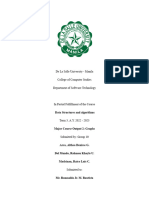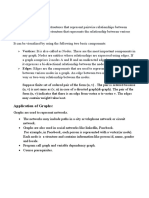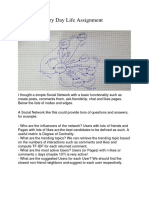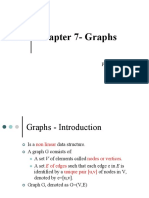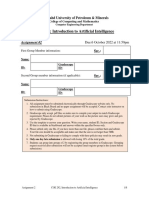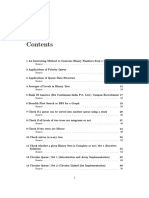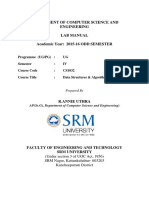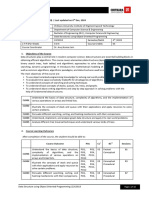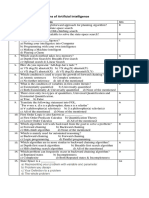0% found this document useful (0 votes)
82 views3 pagesDsa Assignment 3 FALL2024
The assignment focuses on applying non-linear data structures, specifically graphs, to analyze user connections in a social network. It suggests using adjacency lists and hash maps for efficient representation and operations like friendship recommendations, shortest path calculations, and community detection. Improvements such as memoization, dynamic connectivity structures, and graph databases are recommended to enhance performance and scalability.
Uploaded by
eyecon03009778835Copyright
© © All Rights Reserved
We take content rights seriously. If you suspect this is your content, claim it here.
Available Formats
Download as PDF, TXT or read online on Scribd
0% found this document useful (0 votes)
82 views3 pagesDsa Assignment 3 FALL2024
The assignment focuses on applying non-linear data structures, specifically graphs, to analyze user connections in a social network. It suggests using adjacency lists and hash maps for efficient representation and operations like friendship recommendations, shortest path calculations, and community detection. Improvements such as memoization, dynamic connectivity structures, and graph databases are recommended to enhance performance and scalability.
Uploaded by
eyecon03009778835Copyright
© © All Rights Reserved
We take content rights seriously. If you suspect this is your content, claim it here.
Available Formats
Download as PDF, TXT or read online on Scribd
/ 3

